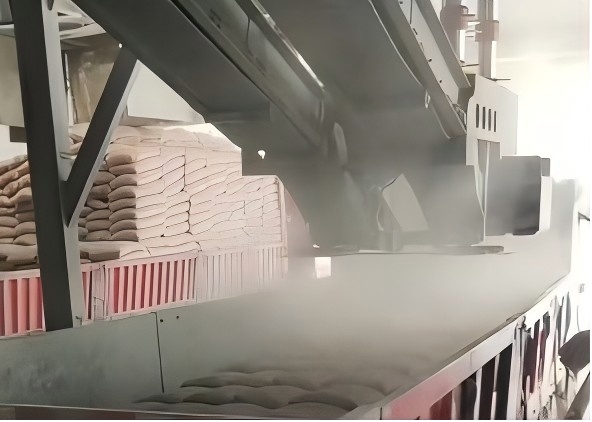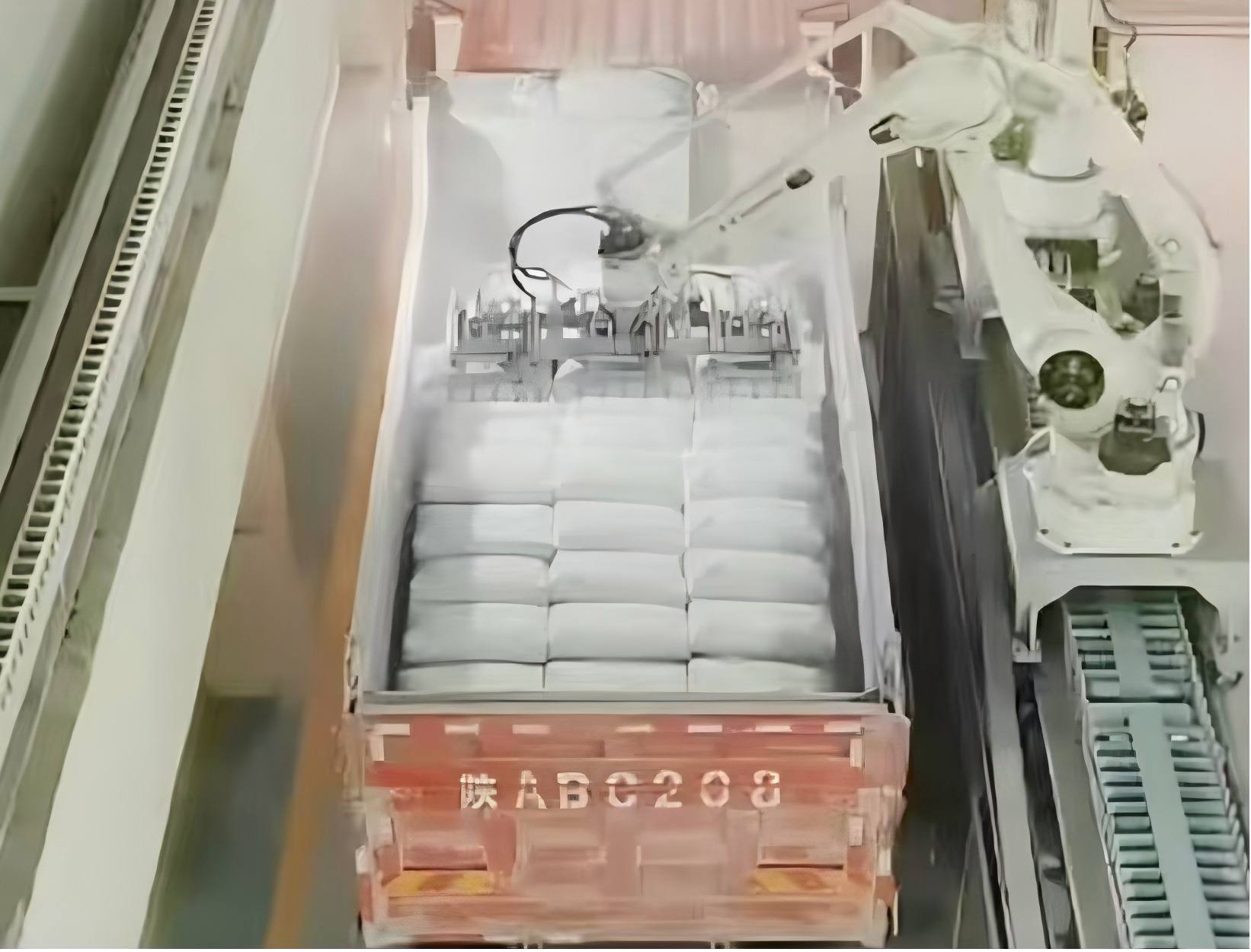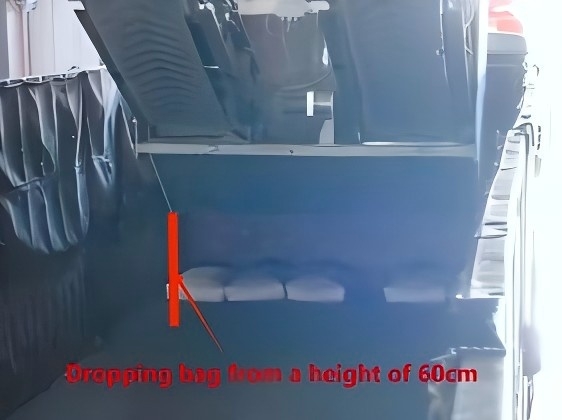На «последней миле» производства цемента — погрузке мешаемого цемента — мы, похоже, оказались в ловушке устойчивой ситуации.
Зайдите на погрузочную площадку любого традиционного цементного завода, и вы, вероятно, увидите такую картину: клубы пыли затуманивают видимость, рабочие в тяжёлых защитных костюмах и масках с трудом лавируют между грузовиками и конвейерными лентами. Это не просто вопрос эффективности; это серьёзное испытание для охраны труда, защиты окружающей среды и корпоративных расходов.
Постоянный рост стоимости рабочей силы, всё более строгие экологические нормы и неустанное стремление к повышению эксплуатационной эффективности в совокупности вывели «полностью автоматизированную загрузку» на передний план трансформации отрасли. Однако, возлагая большие надежды на автоматизацию, мы обнаруживаем, что существующие на рынке решения всегда не оправдывают ожиданий.
Сегодня мы разберемся, почему традиционные решения по автоматизированной загрузке так и не смогли по-настоящему «положить конец» этому недугу отрасли.
Визуальное сравнение трёх основных решений: идеал прекрасен, реальность сурова
Рынок не обошелся без попыток. В настоящее время мейнстрим автоматизированные решения по загрузке цемента Они делятся на три основные категории, но каждая из них имеет свои существенные технологические препятствия. Мы создали следующую диаграмму, чтобы наглядно проиллюстрировать основные проблемы:
| Тип схемы | Основные принципы | Преимущества | Фатальный недостаток |
| Роботизированный загрузочный манипулятор | Для имитации действий человека используются крупные промышленные роботы, которые захватывают и укладывают мешки с материалами. | Он очень гибкий и теоретически может быть адаптирован к различным моделям транспортных средств. | Уровень загрязнения пылью огромен: хватание и бросание могут легко порвать мешки, что приведет к взрывоопасным утечкам пыли. |
| Головка загрузки пакетов | Материалы последовательно сбрасываются и укладываются через несколько разгрузочных отверстий и передвижных тележек. | Структура относительно проста, а логика управления понятна. | Кошмар при обслуживании: оборудование имеет компактную конструкцию, чрезвычайно узкое пространство для обслуживания и длительное время простоя из-за неисправностей. |
| Решение для высоких сервантов | Система верхней загрузки, предназначенная для стандартных фургонов. | Скорость загрузки высокая, контроль пыли приемлемый. | Крайне плохая приспособляемость: он не может перевозить автомобили с высокими бортами, без платформы или модифицированные транспортные средства, что значительно снижает его практичность. |
Болевые точки видны сразу.
Рисунок 1: Роботизированный манипулятор-погрузчик – «Пылегенератор»
(Когда традиционные роботизированные руки захватывают и бросают мешки с цементом, образующиеся облака пыли покрывают всю рабочую зону, значительно ухудшая видимость. Это не только загрязнение, но и огромная угроза безопасности, а также существенные потери материалов.)
Рисунок 2: Грузовики с высокими бортами – «Непреодолимая пропасть»
(Грузовик с высокими бортами припаркован под традиционным погрузочным оборудованием; Погрузочное оборудование Jeenar (груз опускается намного ниже бортов, всего в 60 см от дна кузова грузовика.)
Основная причина затруднительного положения: что нам на самом деле нужно?
Рассматривая вышеперечисленные решения, мы обнаруживаем общую черту: все они представляют собой «заплатки и исправления» существующей технологической инфраструктуры, неспособные в полной мере понять и решить основные потребности процесса загрузки. По-настоящему качественное решение для автоматизированной загрузки должно одновременно отвечать следующим четырём требованиям:
Экологически чистый и не образующий пыли: Подавление пыли у источника, защита здоровья работников и соблюдение требований по охране окружающей среды «зеленые горы и чистая вода».
Стабильно и эффективно: Высокая надежность оборудования, удобство обслуживания и возможность достижения непрерывной и стабильной работы в режиме 24/7, что значительно повышает эффективность поставок.
Широко адаптируемый: Он должен быть в состоянии легко справляться с большим количеством нестандартных транспортных средств, представленных на китайском рынке, таких как грузовики с высокими бортами, грузовики с бортовой платформой и сельскохозяйственная техника.
Высокая окупаемость инвестиций: оборудование должно быть не только доступным по цене, но и недорогим в эксплуатации и ремонте, а его общие затраты должны быть выше, чем затраты на ручной труд.
К сожалению, традиционные роботизированные манипуляторы, штабелирующие головки и решения с высокими поддонами имеют существенные недостатки по разные стороны этого «идеального четырехугольника».
Решение: переход от «внешнего штабелирования» к «внутренним операциям»
Так где же находится решение?
Если существующие решения ограничиваются лишь «сбрасыванием грузов» извне фургона, то, какими бы сложными ни были перемещения, неизбежны проблемы с пылью, разрывами мешков и адаптируемостью.
Ответ Гачна основан на следующем фундаментальном скачке мышления: почему бы не действовать внутри фургона?
Именно эта философия лежит в основе нашей инновационной автоматизированной системы загрузки «в вагоне». Это уже не просто «загрузочная машина», а интеллектуальный, точный и не создающий пыли «робот, работающий в вагоне».
Прямой контроль пыли: Благодаря уникальной конструкции пылеподавления и аккуратной, точной укладке внутри вагона пыль, образующаяся при падении и бросании с высоты, физически устраняется.
Прямое обслуживание: Модульная конструкция обеспечивает легкую доступность технического обслуживания ключевых компонентов, сводя к минимуму среднее время ремонта (MTTR).
Типы транспортных средств, двигающихся непосредственно лицом к лицу:Инновационный телескопический и вращающийся механизм позволяет ему «проникать» глубоко внутрь различных кузовов грузовых автомобилей с высокими бортами и неправильной формой, обеспечивая полное покрытие.
Заключение: Проблемные вопросы отрасли — отправная точка для наших инноваций. Мы глубоко понимаем, что на пути к автоматизированной загрузке цемента нет недостатка в решениях, но есть нехватка решений, которые действительно «решают проблему».

















 IPv6 ПОДДЕРЖИВАЕМАЯ СЕТЬ
IPv6 ПОДДЕРЖИВАЕМАЯ СЕТЬ